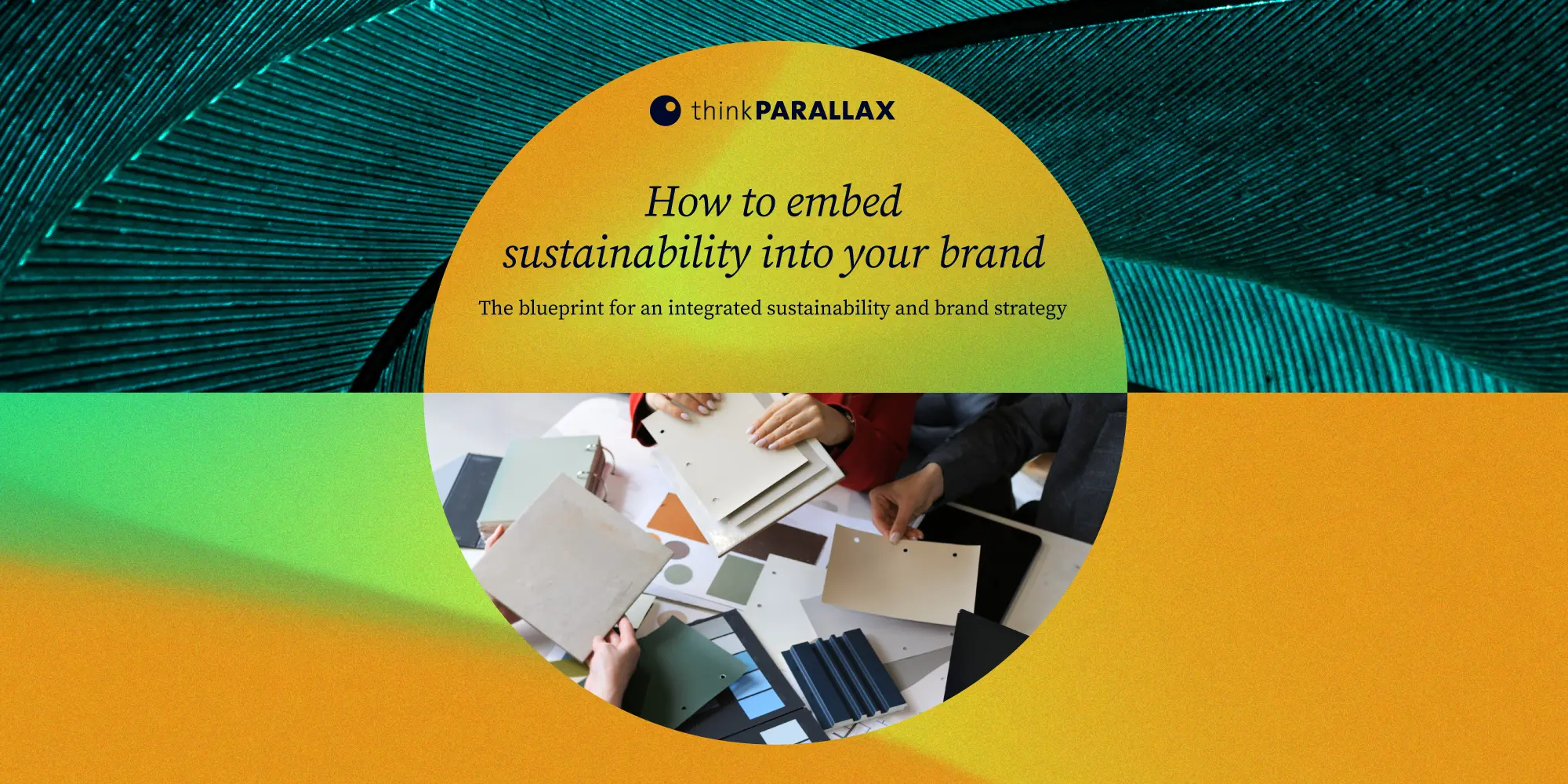The narrative around corporate sustainability has gotten noisy. Political rhetoric suggests companies are backing away from climate commitments. Headlines warn of “ESG backlash.” But here's what's actually happening on the ground: companies are doubling down on sustainability — not because they're being forced to, but because it's good business.
As we look ahead to 2026, here's what the current landscape tells us about where things are headed:
1. Record-breaking reporting (despite the noise)
While some corners of the political landscape turned hostile toward ESG in 2024, corporate America had its biggest year ever for sustainability reporting. The G&A Institute's latest research shows that 99% of S&P 500 companies and 94% of Russell 1000 companies issued sustainability reports — both record highs.
Even more telling: for the first time, more than half of reporting companies (51%) got external assurance on their sustainability data. That's not companies going through the motions. That's companies treating sustainability information with the same rigor as financial reporting.
As G&A Chairman Hank Boerner put it: "At the heart of sustainability disclosure is a better understanding of risk and reward — something investors and stakeholders deeply appreciate. Despite the anti-ESG pushback in some quarters, Corporate America continues to innovate and push forward with more detailed and informative reporting on a widening range of topics. Companies on the leading edge of this trend are well positioned for upcoming shifts from voluntary to mandatory sustainability reporting in a growing number of jurisdictions."
Read more: The 2026 Guide to Corporate Sustainability Reporting
2. The business case gets stronger
Here's the shift that matters most: sustainability has moved from the "nice to have" category to the "competitive advantage" column. According to recent research, 88% of CEOs say the business case for sustainability is stronger today than it was five years ago.
They're not wrong. The numbers bear this out: 82% of companies report measurable economic benefits from decarbonization efforts, averaging $221 million per company. For about 6% of companies, those gains exceed 10% of annual revenue. These benefits come from two main sources: revenue growth through sustainable products and cost savings from operational efficiency.
Leading CEOs are increasingly talking about sustainability in financial terms that investors understand — tying it directly to growth, cost efficiency, and customer expectations. This isn't greenwashing. It's strategic business transformation.
Read more: Materiality, not morality: How to frame sustainability work in 2026
3. Investment keeps flowing
Despite political headwinds, actual investment in sustainability continues to grow. Global investment in the energy transition reached roughly $2.08 trillion in 2024, focused on electrified transport ($757B), renewable energy ($728B), and power grids ($390B). Energy storage alone saw 36% growth, reaching nearly $54 billion.
Why the continued investment? The economics increasingly make sense. Some estimates suggest $2 trillion in annual energy savings is achievable through smarter demand and energy strategies. And 75% of companies' decarbonization plans now embed ROI forecasts, meaning that they're not investing on principle alone, they're expecting financial returns.
Read more: Climate action is still moving forward — you just have to know where to look
5. Regulation remains a key driver
While the business case strengthens, regulatory requirements continue to shape the landscape. Three major frameworks are driving action in the near term:
EU's CSRD: In 2026, more than 60% of the roughly 50,000 companies that will eventually need to comply fall under the directive (pending a final ruling in Europe). This means thousands of companies need guidance on double materiality assessments, ESRS mapping, and compliant reporting structures.
California's Climate Legislation: California's Air Resources Board preliminary list identified approximately 4,160 U.S. companies that may be subject to SB 253 and SB 261 — and according to KPMG, only about 29% of companies feel ready to have their ESG data third-party assured.
Extended Producer Responsibility Laws: EPR legislation now affects somewhere between 8,000 and 25,000 producers across the U.S., with major programs in California, Oregon, Colorado, Minnesota, Maryland, and Washington driving compliance timelines through 2027 and beyond.
Read more: How to navigate EPR Laws, Gen Z demands, and the packaging revolution
6. The supply chain imperative
One of the most significant shifts we're seeing: sustainability requirements are cascading through supply chains. According to Bain & Company, half of B2B customers already give more business to sustainable suppliers, and that will increase to two-thirds within three years. Yet there's a disconnect: 59% of suppliers say their sales teams don't understand the benefits of their sustainable offerings.
This gap represents both risk and opportunity. Companies that can't articulate their sustainability approach and proof points to customers face getting cut from supplier lists. Companies that can demonstrate meaningful progress have a competitive advantage.
7. The greenwashing crackdown
As sustainability becomes more material to business strategy, regulatory scrutiny on sustainability claims has intensified dramatically. The SEC is taking action against funds and asset managers for misleading ESG claims. State attorneys general are investigating corporate sustainability statements. Recent examples include:
- Invesco: $17.5M fine for overstating ESG integration
- WisdomTree: $4M SEC penalty for misleading ESG fund claims
- DWS: €25M fine for greenwashing marketing in Germany
The message is clear: vague sustainability claims carry real legal and reputational risk. Companies need substantiation, clear internal policies, and robust data governance to back up their public statements.
Read more: Avoiding greenwashing: Crafting honest and impactful sustainability communications
8. Consumer demand holds strong
Perhaps most importantly, consumer and customer demand for sustainability continues to drive corporate action — even as some investor enthusiasm has cooled. According to recent CEO surveys, 60% ranked customer demand and consumer preferences among the top three drivers of their sustainability agenda. Four out of ten CEOs identified consumers as the single group with the most influence over their approach for the next five years.
This matters because customer demand is stickier than regulatory mandates. Regulations can change with political winds. Customer preferences create market dynamics that persist regardless of the political climate.
Read more: How younger generations are shaping sustainable business
What this means for your organization
The sustainability landscape in 2026 looks fundamentally different than it did five years ago. What started as primarily a risk management and compliance exercise has evolved into a source of competitive advantage, operational efficiency, and customer loyalty.
The companies thriving in this environment aren't the ones doing sustainability as a side project. They're the ones embedding it into business strategy, measuring it rigorously, and communicating it clearly — both to meet regulatory requirements and to capture business opportunities.
The political noise will continue. But the underlying business drivers — customer demand, operational efficiency, supply chain requirements, and regulatory frameworks — aren't going anywhere. The question isn't whether to engage with sustainability. It's whether you're positioned to turn these requirements into strategic advantages.
Need help navigating the evolving sustainability landscape? thinkPARALLAX helps organizations transform compliance requirements into competitive advantages through strategic sustainability reporting and communications. Let's talk about your challenges.



.png)


